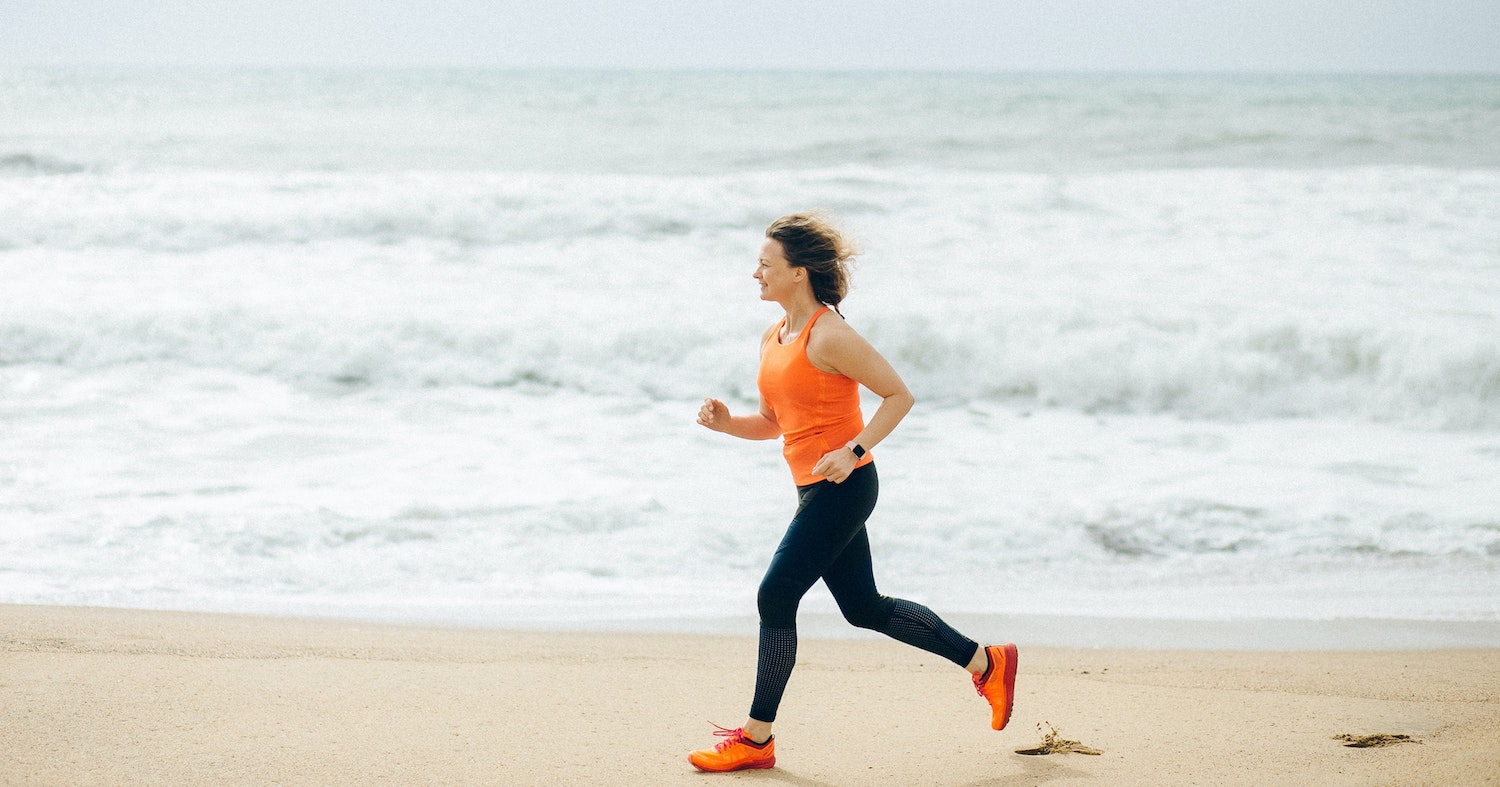Is your knee pain preventing you from reaching your BP? If you’re experiencing discomfort in the front of the knee or behind the knee cap, you could be suffering from Pateloofermoral Pain Syndrome.
Knee discomfort can be debilitating and prohibit you from performing at your best, particularly if you’re active. Runner’s Knee is a common, yet broad condition, we often see at Whole Body Health and Wellness. As mentioned in this recent article, the term Runner’s Knee describes symptoms that cause pain at the knee joint, commonly found in people who frequently run.
Runner’s knee commonly relates to one of two conditions:
- Patellofemoral Pain Syndrome
- Iliotibial Band Syndrome.
This blog will discuss Patellofemoral Pain Syndrome, where the primary site of pain is at the front of the knee or under the kneecap. If your pain is mainly localised to the outside/lateral knee, click here to read more about Iliotibial Band Syndrome.
What is Patellofemoral Pain Syndrome?
Patellofemoral Pain Syndrome occurs when the kneecap (patella) becomes irritated as it glides up and down in between the grooves of the femur (thigh bone). The recurrent rubbing of these bones along their joint line results in pain and discomfort, particularly when you’re doing something active.
What are the risk factors and causes of Patellofemoral Pain Syndrome?
Patellofemoral Pain Syndrome can be caused by a number of factors. Poor hip, knee, and/or ankle stability can create uneven forces upon your knee joint. This can cause your kneecap to deviate medially or laterally, placing increased pressure through a particular area of your joint line.
People are more likely to develop Patellofemoral Pain Syndrome if they perform a high level of activity involving repetitive knee flexion and extension. Quickly increasing your level of activity or intensity involving this knee action will also place you at a higher risk.
Common causative activities include a constant high level or a sudden increase in;
- Walking/running
- Climbing stairs
What are the symptoms of Patellofemoral Pain Syndrome?
The symptoms of Patellofemoral Pain Syndrome often develop gradually over time and are most present during and after high levels of activity and relieve upon cessation of the aggravating factors. For example, while going for your run or after you’ve completed your workout.
These symptoms may include:
- Pain at the front of the knee
- Pain behind/underneath the kneecap
- Tightness and/or tenderness of muscles that influence knee mobility
- Quadriceps
- Hip adductors
- Gluteals/lateral hip
- Poor stability standing on the affected leg may also be an associated factor but not specific to Patellofemoral Pain Syndrome.
How is Patellofemoral Pain Syndrome diagnosed?
The diagnosis for Patellofemoral Pain Syndrome is commonly made through physical examination and assessment of movement. The symptoms you are experiencing including the location of your pain and will also be used to help determine whether you’re suffering from Patellofemoral Pain Syndrome.
What is the treatment for Patellofemoral Pain Syndrome?
The treatment of Patellofemoral Pain Syndrome initially aims to target the symptomatic area where the pain is experienced using manual therapy techniques. In conjunction with resting from the aggravating factors, this can help bring you immediate relief before an ongoing management strategy can be put in place.
Hands-on treatment from an allied health professional such as an osteopath will typically include;
- Soft tissue therapy to the affected and surrounding associated muscles
- Passive and assisted movement through restricted ranges
- Addressing other areas of dysfunction (e.g. hip or ankle)
Can you recover from Patellofemoral Pain Syndrome?
For Patellofemoral Pain Syndrome, rest is the most important factor in preventing the problem, requiring the cessation of aggravating factors. Yes, that, unfortunately, means spending some time off the running track. Once adequate time has been spent to de-load the site of injury, the management becomes focused on progressively re-loading the affected knee so you don’t experience recurrent episodes of injury. This includes gradually increasing capacity back up to your pre-injury levels.
There are several factors that will need to be closely controlled when you’re returning to your physical activity. Working with a health practitioner can help determine which are relevant and how to apply them to your individual circumstances. The most common factors to consider include:
- Modified duration and distance of exercise
- Increased recovery times
- Change of surface (e.g. grass instead of asphalt)
- Consider footwear (e.g. is it time to update old runners)
If you think you may be suffering from Runner’s Knee or Patellofemoral Pain Syndrome, book an appointment with our osteopath, Marissa Mitchell. Practising in our Geelong and Ocean Grove Clinic, Marissa welcomes the opportunity to help you recover from your injury and get back to your pre-injury form.
To book an appointment, click here.
